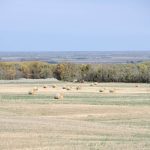Editor’s note: The final story in our series exploring the complex factors behind rural depopulation in Manitoba, why it matters, the solutions that have been tried and what keeps young people in small communities. Read parts one, two, three and four here. It’s a snowy day in rural Japan. Inside the classroom, many kids are










